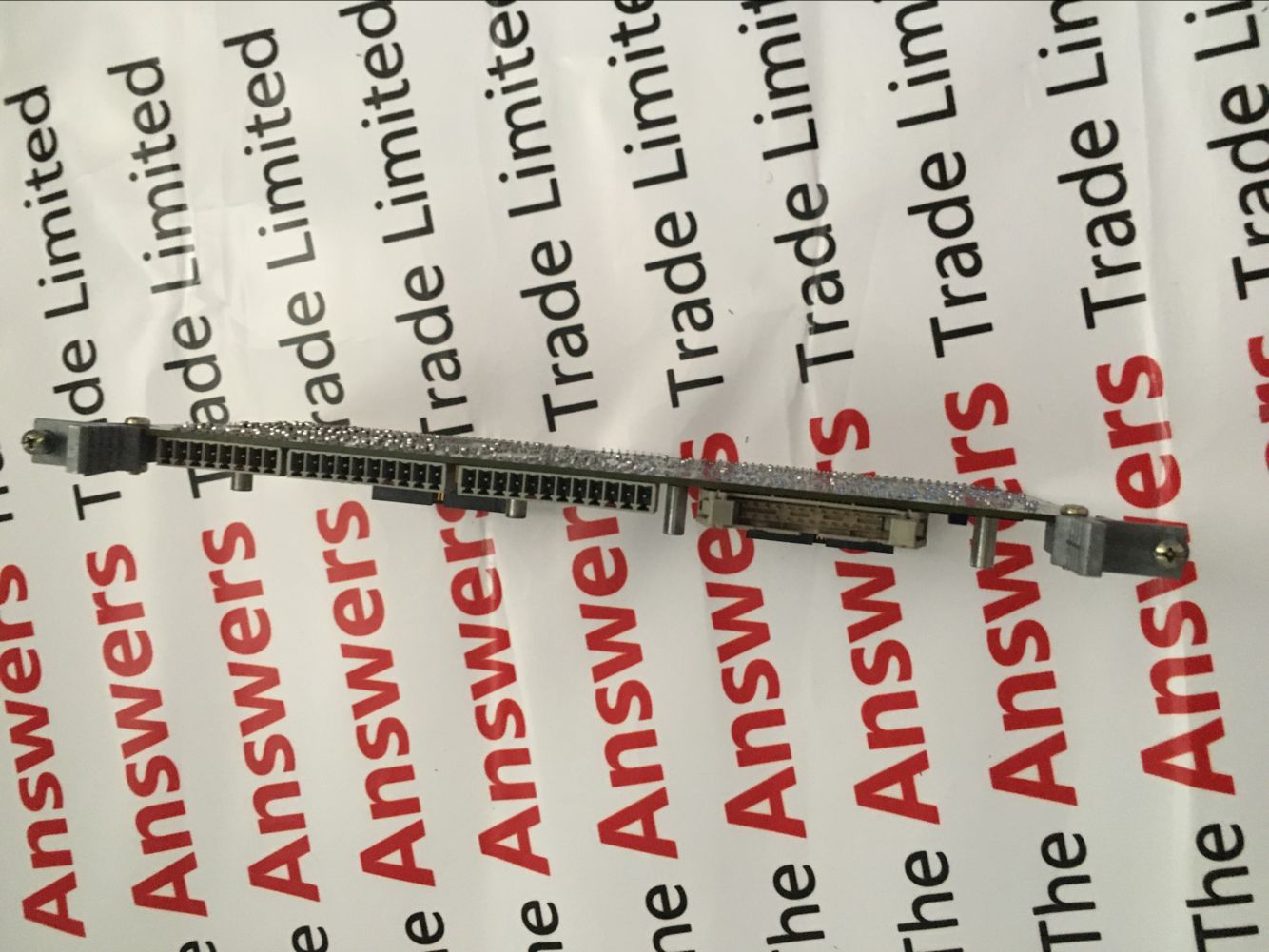The AC contactor uses the main contact to open and close the circuit and the auxiliary contact to turn on the control loop.
The main contact is normally a normally open contact, while the auxiliary contact often has two pairs of normally open contact and normally closed contact. The small contactor is often used as an intermediate relay in conjunction with the main circuit.
The contact of the AC contactor is made of silver-tungsten alloy and has good electrical conductivity and high temperature ablation resistance.
The power of the AC contactor is derived from the AC magnetic field generated by the core coil. The electromagnetic core is formed by stacking two "shan"-shaped silicon steel sheets. One of the fixed cores is covered with a coil, and the working voltage can be varied. select. In order to stabilize the magnetic force, a short circuit ring is added to the suction surface of the iron core. AC contactors rely on spring return after power loss.
The other half is an active iron core, which is constructed and fixed like a core to drive the closing of main and auxiliary contacts.
Contactors with more than 20 amps are equipped with an arc extinguishing cover, which uses the electromagnetic force generated when the circuit is disconnected to quickly break the arc and protect the contacts.
The contact device can be operated at a high frequency. When the power is switched on and off, the maximum operating frequency is up to 1200 times per hour.
The service life of contactors is high, the mechanical life is usually several million to ten million times, and the electrical life is generally several hundred thousand to several million times.
The main contact is normally a normally open contact, while the auxiliary contact often has two pairs of normally open contact and normally closed contact. The small contactor is often used as an intermediate relay in conjunction with the main circuit.
The contact of the AC contactor is made of silver-tungsten alloy and has good electrical conductivity and high temperature ablation resistance.
The power of the AC contactor is derived from the AC magnetic field generated by the core coil. The electromagnetic core is formed by stacking two "shan"-shaped silicon steel sheets. One of the fixed cores is covered with a coil, and the working voltage can be varied. select. In order to stabilize the magnetic force, a short circuit ring is added to the suction surface of the iron core. AC contactors rely on spring return after power loss.
The other half is an active iron core, which is constructed and fixed like a core to drive the closing of main and auxiliary contacts.
Contactors with more than 20 amps are equipped with an arc extinguishing cover, which uses the electromagnetic force generated when the circuit is disconnected to quickly break the arc and protect the contacts.
The contact device can be operated at a high frequency. When the power is switched on and off, the maximum operating frequency is up to 1200 times per hour.
The service life of contactors is high, the mechanical life is usually several million to ten million times, and the electrical life is generally several hundred thousand to several million times.
Features and Benefits
- The industry`s most extensive selection of machinery measurement parameters combined with software configuration for virtually all monitor options
- Maximum reliability with extensive self-checking and fault tolerant design features
- Rugged design that is fully compliant with the American Petroleum Institute`s Standard API 670 and API 618 requirements, Canadian Standards Association (CSA), Factory Mutual (FM), GOST, ATEX, and CE requirements
- Compatibility with a variety of locally or remotely mounted displays
- Flexibility for configuration with various levels of redundancy, ranging from simplex modules to dual power supplies to redundant relay modules with wide ranging and flexible logical operator options for configuring complex relay logic as desired
- An Ethernet port in the 3500/22M Rack Interface Module and a single network cable to communicate with GE's System 1® software, connecting condition monitoring and diagnostic software
- Optional DNV and Class NK certifications for maritime applications, and communication gateway module to connect to plant control and automation systems
- TÃœV Functional Safety Certification that can be supplied for applications requiring up to Safety Integrity Level (SIL) 2, when the product is used as part of a safety instrumented system
-
Bently Nevada:3500/3300 system,Proximitor probe etc.
-

Bently Nevada Cards,16-Channel Relay Module,Ac Power Supply Module,Bently Nevada 3500/33
Xiamen The Anaswers Trade Co,.LTD , https://www.answersplc.com